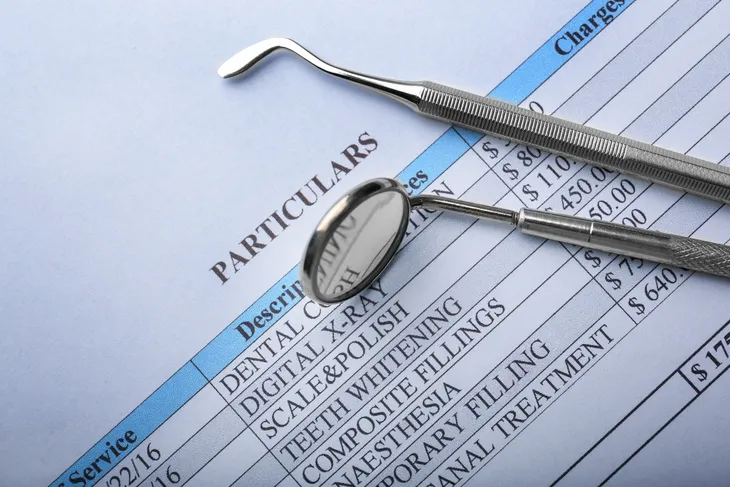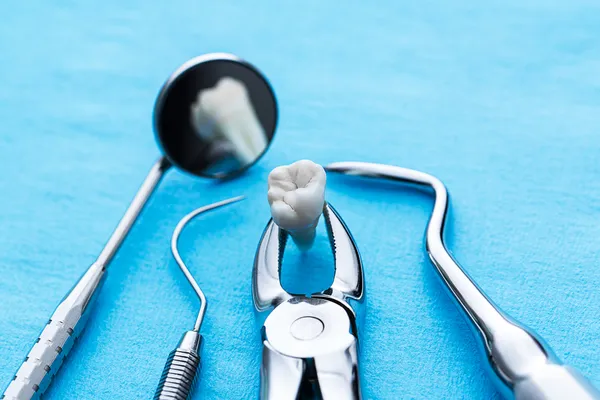The dentistry industry uses Current Dental Terminology (CDT) to assign codes to different dental procedures for the purposes of billing and insurance. These CDT codes are also used to electronically record public health information.
Dental codes are assigned, updated, and added to by the American Dental Association (ADA). The dental coding system, known as the Code on Dental Procedures and Nomenclature, exists to ensure a standard method of reporting dental procedures across the United States.
Why Are Dental Codes Used?
The ADA introduced a dental coding system to create uniformity across the industry and minimize errors in reporting procedures. If every practicing dentist in the United States used a different code system for the work they carry out, dental insurance providers would not know where to begin when processing claims.
It is absolutely essential that dental clinic staff have access to a current copy of the CDT code and enter the correct codes on insurance claim forms. If a member of staff were to get even one digit wrong when entering dental codes, they could end up claiming too much or too little from the insurance company. The best-case scenario is that this would leave the practice out of pocket. In the worst instances, this could result in accusations of fraud.
What Do Dental Codes Look Like?
Dental codes are all alphanumeric. Perhaps unsurprisingly, every dental code starts with the letter “D”. Following this letter, each code consists of four numbers, the first digit of which determines the category of the procedure being referenced.
The dental procedural categories and their corresponding number ranges are:
- Diagnostics: D0100 – D0999
- Preventative: D1000 – D1999
- Restorative: D2000- D2999
- Endodontics: D3000 – D3999
- Periodontics: D4000 – D4999
- Removable Prosthodontics: D5000 – D5899
- Maxillofacial Prosthetics: D5900 – D5999
- Implant Services: D6000 – D6199
- Fixed Prosthodontics: D6200 – D6999
- Oral and Maxillofacial Surgery: D7000 – D7999
- Orthodontics: D8000 – D8999
- Adjunctive General Services: D9000 – D9999
How Often Are Dental Codes Updated?
Changes to the CDT code were originally implemented once every two years. Currently, revisions are made once a year and come into effect each January.
These revisions are made by the ADA and may include changes, deletions, and additions to the previous coding system. The ever-changing landscape of dentistry makes regular code revisions necessary in order to accommodate new procedures, materials, and technologies.
January 2021 saw an unusually high number of new dental codes announced by the ADA. This is the result of the current global situation and the industry-wide changes it has incurred. Among 2021’s 28 new dental codes are:
- D0604: Antigen testing for pathogens that are a public health concern.
- D0605: Antibody testing for pathogens that are a public health concern.
Can Dental Practices Use a Different Coding System?
As of 2018, medical insurance companies will not accept claims made with CDT codes. This means that dental practices who submit claims on behalf of patients who have dental cover as part of a larger medical insurance plan will likely need to use medical coding to report procedures. This is the only situation in which dental professionals would need to use a different coding system.
The wider medical community has its own coding system called Current Procedural Terminology (CPT). There are vastly more CPT codes than dental codes. Medical codes also vary in structure, being either purely numerical or alphanumerical. Most dental procedure codes have a general or approximate equivalent in the medical coding system. For instance, dental x-rays would qualify as a medical radiology procedure (CPT 0010 – 79999), while lab testing would come under pathology and laboratory (CPT 80047 – 89398).
Reporting dental procedures with medical CPT codes can be confusing and does increase the chances of mistakes being made. It is best to check with the insurance provider whether they accept claims using CDT codes, if you are at all uncertain.
How Do Dental Practices Use CDT Codes to Make Claims?
Dental insurance claims are made using an ADA J400 form. This form cannot be used with CPT codes as it is specifically designed to hold dental information.
On this claim form, dentists must include the following details:
- Procedure description
- CDT code
- Tooth number or letter
- Tooth system
- Tooth surface
- Information relating to missing teeth
- Location of oral cavities
Do Patients Need to Know Dental Codes?
While understanding and utilizing dental codes is an absolute necessity for dentists and dental clinic staff, it is arguably far less important for patients themselves. However, an awareness of dental codes and how they work can help you make sure your insurance claims are being submitted correctly. Any discrepancies on your claim documents could result in you paying more in excess or premiums. Worse still, your insurer may refuse to cover your treatment altogether.









